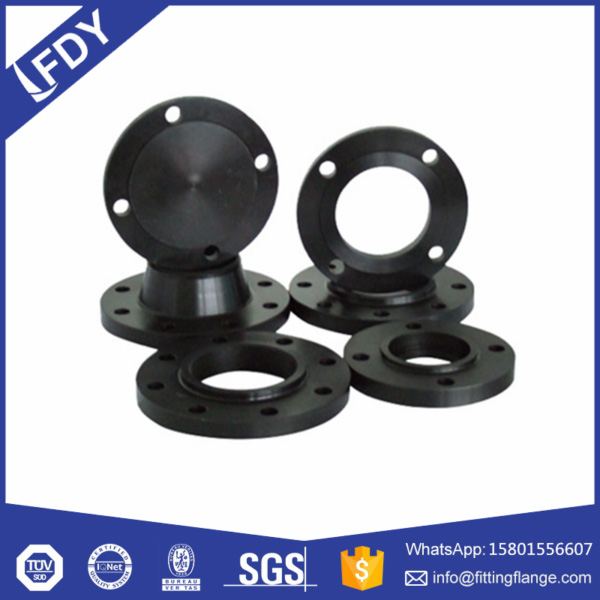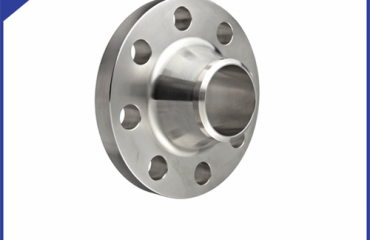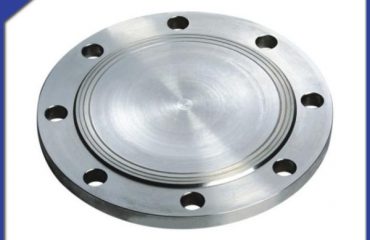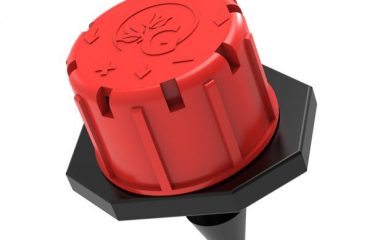Carbon steel flanges are flanges produced according to the size and tolerance range required by national standards. They are different from flanges that are not produced according to standard sizes, also called second-standard flanges (some people call non-standard flanges incorrect) , Usually some unscrupulous merchants will reduce the flange thickness and outer diameter to save materials, and use scrap steel or scrap steel to process flanges. Usually this kind of steel is waste material whose chemical composition and mechanical properties do not meet the standards. What’s more, flanges are produced by private steelmaking in informal steel mills. The steelmaking technology used in private steelmaking is outdated and cannot guarantee mechanical properties and welding performance. From time to time, it may not be possible to weld with the steel pipe, or the steel itself will leak water after welding with cracks and pores. Therefore, try to use carbon steel flanges when purchasing flanges.
The shape and size of carbon steel flanges are accurate, the processing volume is small, and the cost is low. Because the carbon content of ordinary carbon steel flanges is lower than that of cast flanges, it is not easy to rust and has a dense structure. They can withstand shear and tensile forces better and have better mechanical properties than forged flanges. Ordinary carbon steel flanges and cast flanges are difficult to distinguish from appearance alone.
When purchasing carbon steel flanges, you must choose according to the use environment, not just price. Flange storage should not be placed directly on the ground. Put some damp pads on the ground and line up the flanges neatly. When placing them, please leave a channel between the flanges, it acts as a ventilation and also facilitates the transportation of carbon steel flanges. Different materials should be stored and marked separately. The same material, materials of different types and specifications should be stored separately, and the corresponding markings should be stacked neatly to avoid bumps.

 Language
Language Espanol
Espanol English
English Italian
Italian عربى
عربى
 Skype: chinamaker99
Skype: chinamaker99  Tel: 86-316-5120812
Tel: 86-316-5120812 Email:
Email:  Whatsapp:
Whatsapp: 

